|
|
|
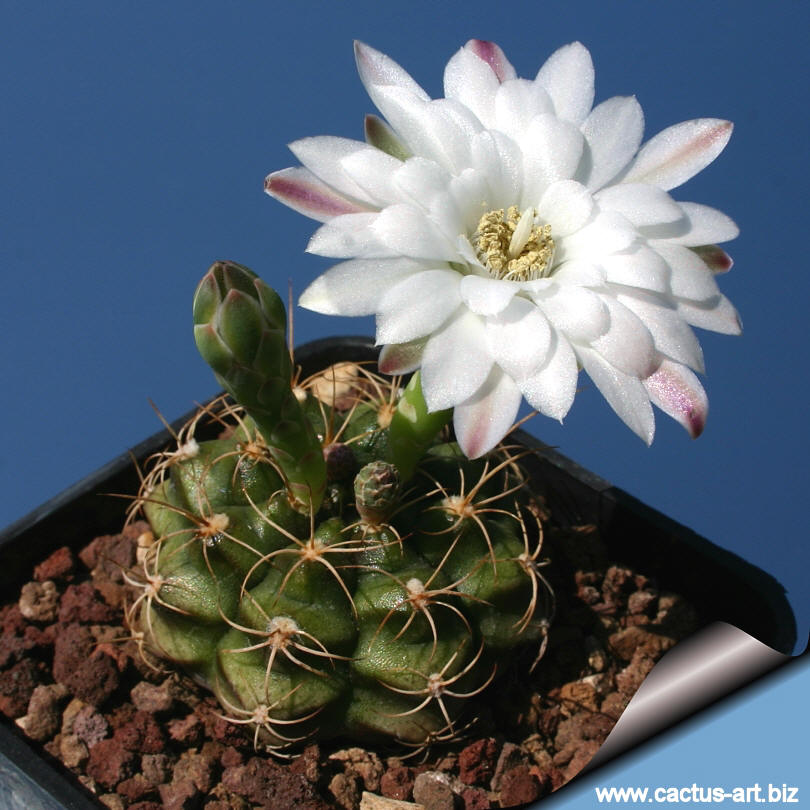
They flower from spring to fall, and handle full sun to full
shade, also the spines are nearly useless in terms of defense so a pretty
'user-friendly' plant.
|
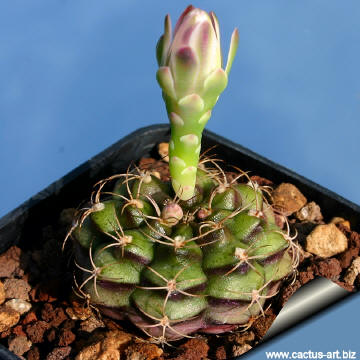 |
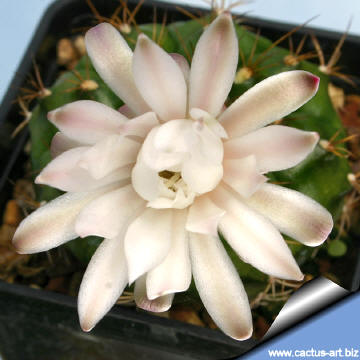 |
|
. |
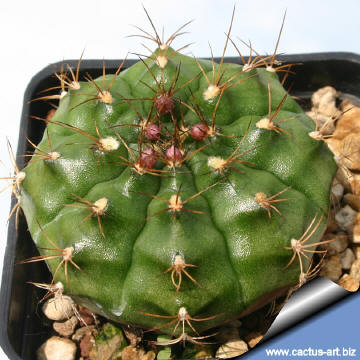 |
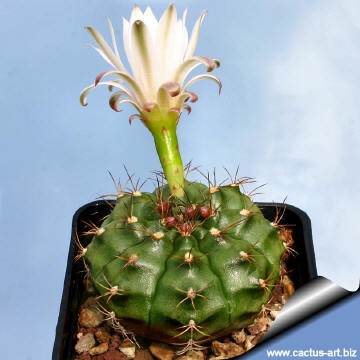
|
|
Photo of conspecific taxa,
varieties, forms and cultivars
of plants
belonging to the Gymnocalycium anisitii
complex
(This
Taxon has lots of synonyms ( like
many other cacti) with several controversial varieties and subspecies):
|
|
Advertising
|
|
|
|
|
Family:
Cactaceae (Cactus
Family) Gymnocalycium damsii var.
rotundulum
This is an invalid name but widely used in cactus collections.
Backeberg
nom. inval. (Art. 8.2), Descriptiones Cactacearum Novarum 3: 6,1963
Accepted
Scientific name: Gymnocalycium anisitsii ssp. damsii
(Schumann) G. Charles
Published in: CSI 20: 17, 2005
Conservation status: Listed in
CITES appendix 2.
Other
Synonyms:
- Gymnocalycium rotundulum (rotundolum)
- Gymnocalycium damsii (K.
Schumann 1903) Britton & Rose
The Cactaceae 3: 163
- Gymnocalycium damsii var. rotundum
Origin: Brazil, Bolivia, Paraguay.
Habitat: G. damsii (anisitsii) grows in open areas under the
protection of low bushes. It often form large groups and is extremely
variable.
|
|
Description:
Gymnocalycium rotundulum (G. damsii
var. rotundulum) is a usually solitary colourful cactus,
characterized by rounder and scarcely raised tubercles.
But it is very similar (if not identical) to the standard G.
damsii and it is is probably the exact same plant.
Stem: Up to 10 cm tall , 8-10 cm in diameter colourful and
highly decorative, with characteristic horizontal clear and dark
strips. The clear areas (above the areoles) are
pastel-grey-pink while the dark zone (below the areoles) are deep
olive-green to brown-purple.
Spines: Nearly useless in terms of defence.
Note: Seems to be a pretty
variable plant you might get some other names which are effectively the
same plant.... and also not sure all plants identified as this are
really this.
|
|
|
|
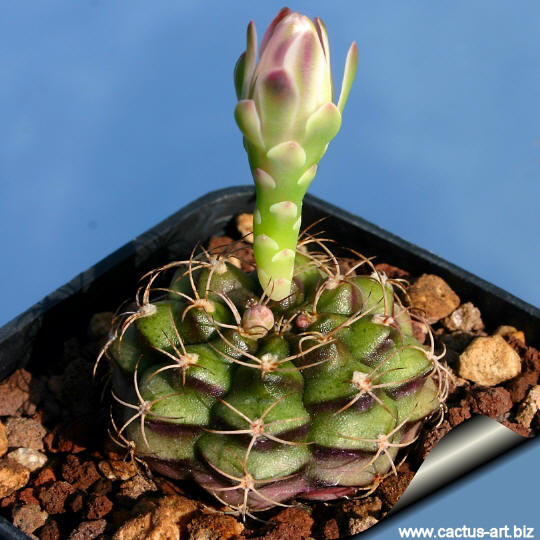
Cultivation: It
is a summer grower species that offers no cultivation difficulties.
Water regularly in summer (but do not overwater ) Keep this plant almost dry in winter at a minimum
temperature of 0°C, prefer relatively rich substrate and
low pH
compost (if possible not limestone) otherwise
growth will stop altogether. Feed with a high
potassium fertilizer in summer. It is quite frost resistant if kept dry
(hardy to -5° C)
Sun Exposure: Light shade. It may tolerate
bright situations but is
likely to suffer from sun scorch or stunted growth if over exposed to
direct sunlight
during the hottest part of the day in summer. This plant needs plenty of space for
its roots, repotting should be done every other year or when the
it has outgrown its pot. This species is particularly
easy and accommodating, seldom suffer of
cryptogamic diseases.
Propagation: Direct sow after
last frost. (seldom
produces offsets)

 |
|